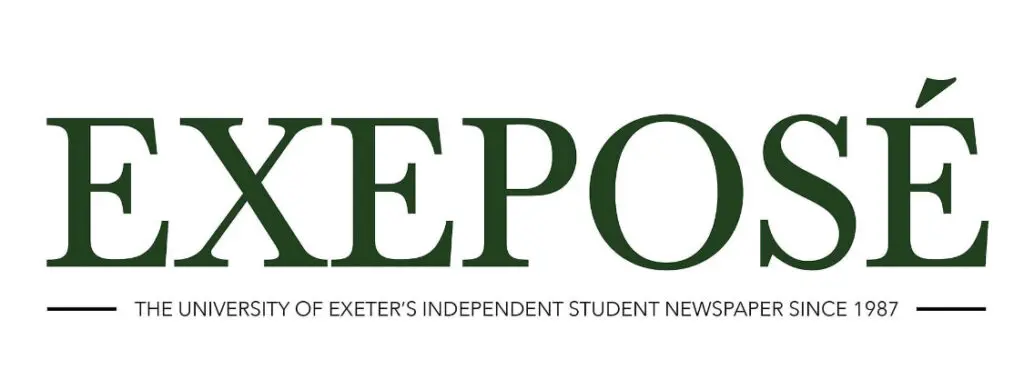Unrealistic beauty

Esmé Tilling discusses the unrealistic beauty standards that we often see on social media
Recently, a TikTok trend has emerged wherein individuals are revealing the appearance of their makeup in artificial lighting and comparing this to the appearance of their makeup in natural lighting. One will find that artificial lights tend to smooth out the skin giving the makeup a flawless appearance, whereas natural light is often very harsh revealing the texture of the makeup on the skin. TikTok users have expressed comfort in the fact that these makeup gurus would not appear as airbrushed in person as they do on the internet, bridging the gap between social media and reality.
Makeup artist Abby Roberts who has over 15 million followers on TikTok recently took part in this trend. Captioning the TikTok: “Studio lights hide “imperfections”, skin texture is normal.” This came as a shock to many of her viewers who were under the illusion that Roberts’ perfect skin was all-natural. Viewers commented “this made me feel so much better”, “I thought if you had texture on your makeup then you did it wrong”, and “this is so comforting I always thought I did foundation wrong.” Demonstrating the positive effects that exposing the truth behind professional pictures and videos presented on social media can have on the general public.
The misconception that makeup should look immaculate on the skin, has resulted in skincare companies profiting off of the insecurities caused by the unrealistic standards of beauty presented by the media. Social media users are led to believe that their natural complexion is flawed and thus spend increasing amounts of money to resolve these “issues”.
Research from Dove showed that 77 per cent of women think all the images they see in the media have been digitally distorted. Furthermore, 69 per cent of women say the pressure to reach those impossible standards, makes them feel anxious about their appearance.
Whilst there is an awareness of the unrealistic nature of the beauty standards presented by social media, women are still coerced into believing that this is the epitome of beauty.
Cosmetic surgery is becoming an increasingly popular method of replication. According to the American Society of Plastic Surgeons (ASPS), almost 18 million people underwent surgical and minimally invasive cosmetic procedures in the United States in 2018. Cosmetic surgery, however, is expensive. Many cosmetic procedures are thus only accessible to those with a large disposable income. Therefore, we often find cosmetic procedures present among celebrities (commonly without disclosing these procedures to the public).
One influencer who has remained open about their cosmetic procedures is Molly-Mae Hague, often documenting the experience. Recently, however, Hague has attempted to embrace her natural features, opting to get her lip filler dissolved. She recorded the process and was endlessly praised by viewers in the comment section of the YouTube video. Others have since also been getting their lip filler dissolved and embracing their natural appearance.
This demonstrates that social media influencers can influence positively. The normalisation of “imperfections” will assist in the erasure of insecurities related to natural features, for the beauty standard that social media often portrays is simply unattainable. Users are likely to be more trusting of future content released by such influencers as they witness the breaking of boundaries between social media and reality.


